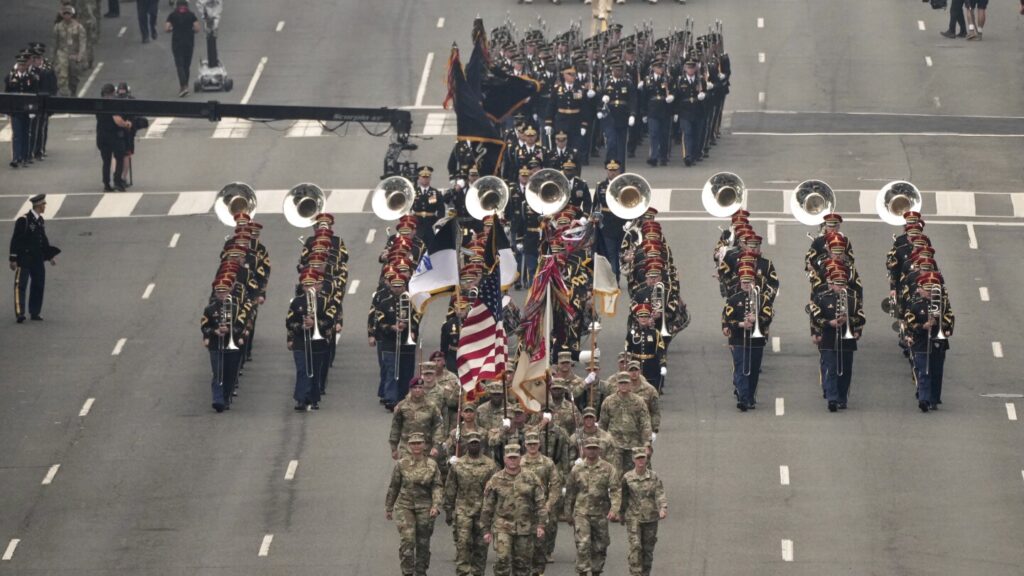In a momentous display of American patriotism and dissent, a grand Army parade marked the U.S. Army’s 250th anniversary and President Trump’s 79th birthday, drawing both celebratory crowds and vehement protestors nationwide. The festivities in Washington featured a dazzling array of military might, from historic uniforms to modern machinery, culminating in Trump’s address praising the Army’s legacy of courage and sacrifice.
Simultaneously, protests erupted across the country, with clashes between law enforcement and demonstrators in Los Angeles, Atlanta, and other cities. The varied reactions underscored the deep divisions within American society, with some lauding Trump as one of the best presidents while others decried the perceived militarization of public spaces.
Amidst the spectacle, poignant moments emerged, such as a retired pilot fulfilling a bucket list dream and individuals expressing conflicting views on the parade and its political undertones. From emotional reminiscences of familial military service to accusations of using the military for personal gain, opinions on the event were as diverse as the imagery on display.
As the parade unfolded, dissenting voices highlighted concerns about the deployment of troops in response to civil unrest and questioned the boundaries of patriotic expression. The clashes between protestors and authorities in various cities further underscored the complex interplay between freedom of speech, public safety, and the role of the military in civilian life.
In a nation grappling with its past, present, and future, the juxtaposition of celebration and protest at the Army parade encapsulated the multifaceted nature of American identity and the ongoing discourse on power, authority, and dissent in a deeply divided society.

